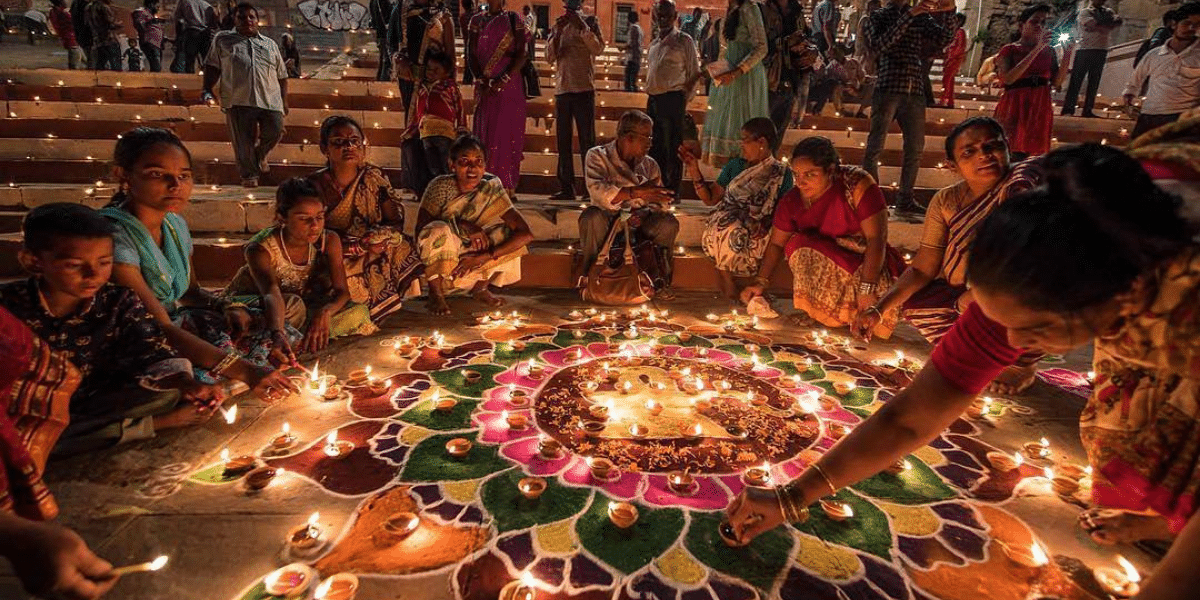
Quick Summary
Table of Contents
Want to know about the Biggest Festival in India? Let’s find out in this article. In India, there is no particular religion. It is a country that comprises people of different faiths. India is a diverse country where each religion celebrates all festivals. Whether Hindu, Muslim, Sikh, or Christian, they can all celebrate their festivals without any objection. India, a culturally rich country, has many festivals.
Diwali, also called Deepavali, is the largest festival in India and is celebrated as the festival of lights. This major Hindu festival symbolizes the victory of light over darkness and good over evil. It is joyfully observed by Hindus, Jains, Sikhs, and some Buddhists, usually in October or November. Festivities include lighting diyas (oil lamps), decorating homes, exchanging gifts, and sharing sweets with family and friends.

India, a country of diverse religions, is a testament to the harmonious coexistence of different faiths. The myriad of festivals celebrated across the country beautifully reflect this diversity. Let’s delve into the major religious festivals of India:
The Hindu calendar is replete with festivals with unique rituals and significance. The most prominent among them is Diwali, the festival of lights, which celebrates the return of Lord Rama from exile. Other major Hindu festivals include Holi, the festival of colors, Navaratri, a nine-night festival dedicated to the Goddess Durga, and Raksha Bandhan, celebrating the bond between brothers and sisters.
The Islamic calendar has its share of important festivals. Eid-ul-Fitr, marking the end of the holy month of Ramadan, is a time of joyous celebrations and feasting. Eid-ul-Adha, or Bakrid, commemorates Ibrahim’s willingness to sacrifice his son to obey God.
Indian Christians celebrate Christmas with great fervor, marking the birth of Jesus Christ. The festival involves attending midnight mass, exchanging gifts, and feasting on traditional delicacies. Another significant Christian festival is Easter, which marks the resurrection of Jesus Christ.
Sikhs celebrate Gurpurab, the birth anniversaries of their Gurus, with great devotion. The most important of these is the birthday of Guru Nanak, the founder of Sikhism. Baisakhi, marking the formation of the Khalsa, is another major Sikh festival.
Buddha Purnima, which marks the birth, enlightenment, and death of Gautama Buddha, is the most important festival for Buddhists in India.
Mahavir Jayanti, the birth anniversary of the last Tirthankara, Mahavira, is the most important Jain festival. These festivals, each with unique customs and traditions, add color and vibrancy to life in India and promote tolerance and mutual respect among different religious communities.
India’s festivals vividly reflect its rich cultural, religious, and regional diversity. These celebrations bring together people from all walks of life, not just for merriment, but also to honor the deep-rooted significance of each event.
Indian culture celebrates numerous festivals, each telling a unique story. Take Diwali (Festival of Lights), India’s Biggest Festival. Celebrated primarily by Hindus, Jains, and Sikhs, it symbolizes the victory of truth over falsehood.
In simple terms, India’s festivals celebrate unity in diversity, reflecting the country’s rich cultural tapestry. They are a window into the country’s historical and artistic legacy and a testament to its secular ethos.
India has vibrant culture and diverse traditions, and its festivals unite people. Let’s explore the top 15 biggest festivals in India, or the top 15 festivals in India, highlighting their cultural significance and the joy they bring to millions of people. The first five of them are the Top 15 festivals in India:
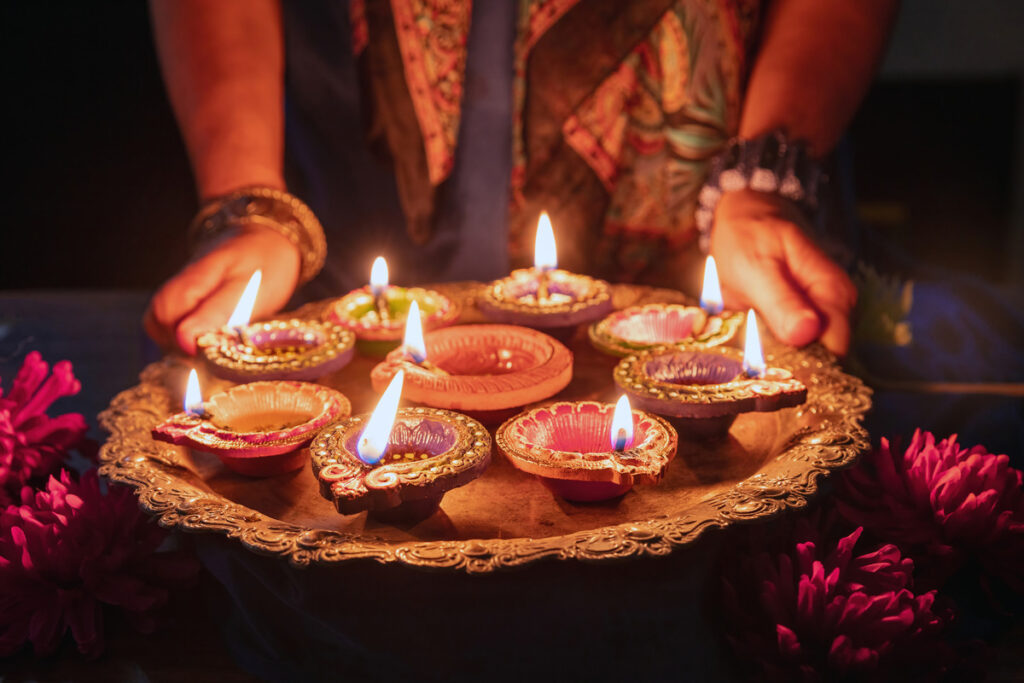

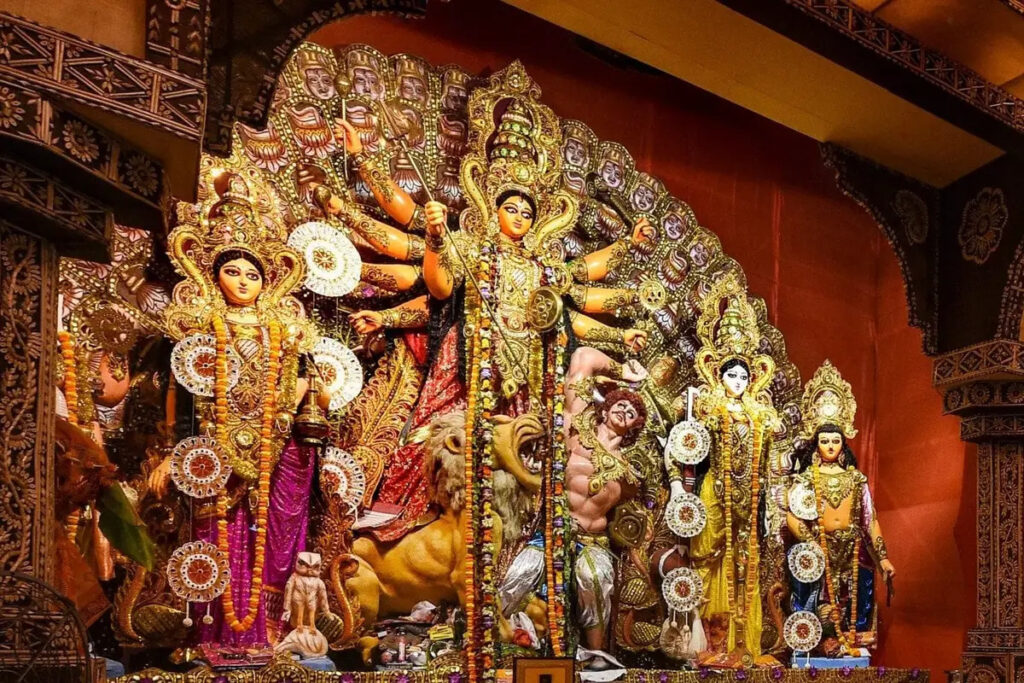

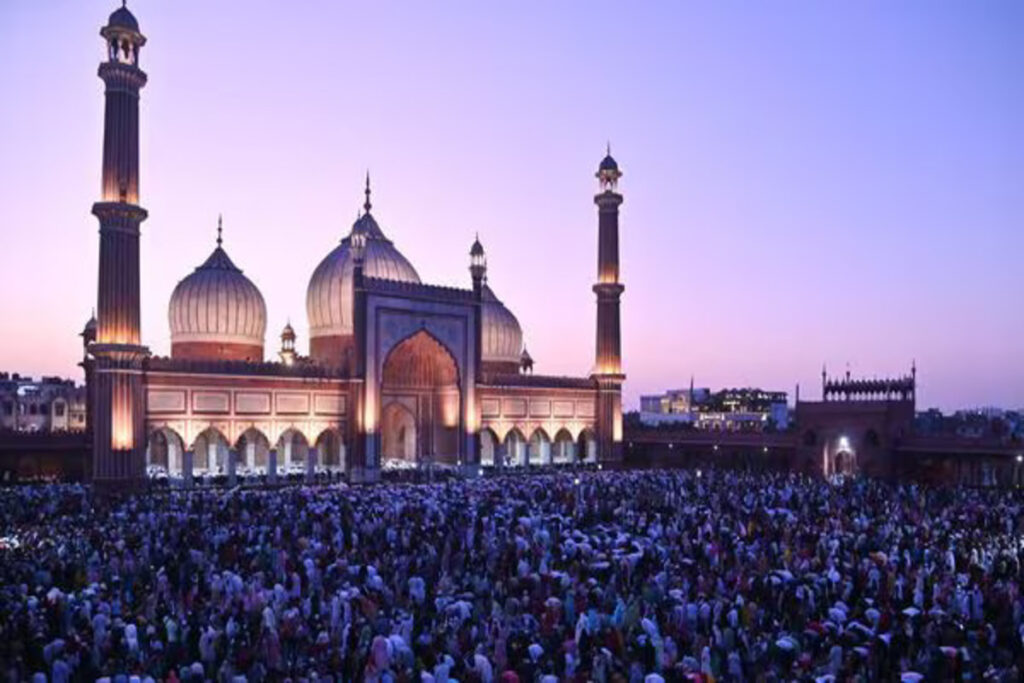
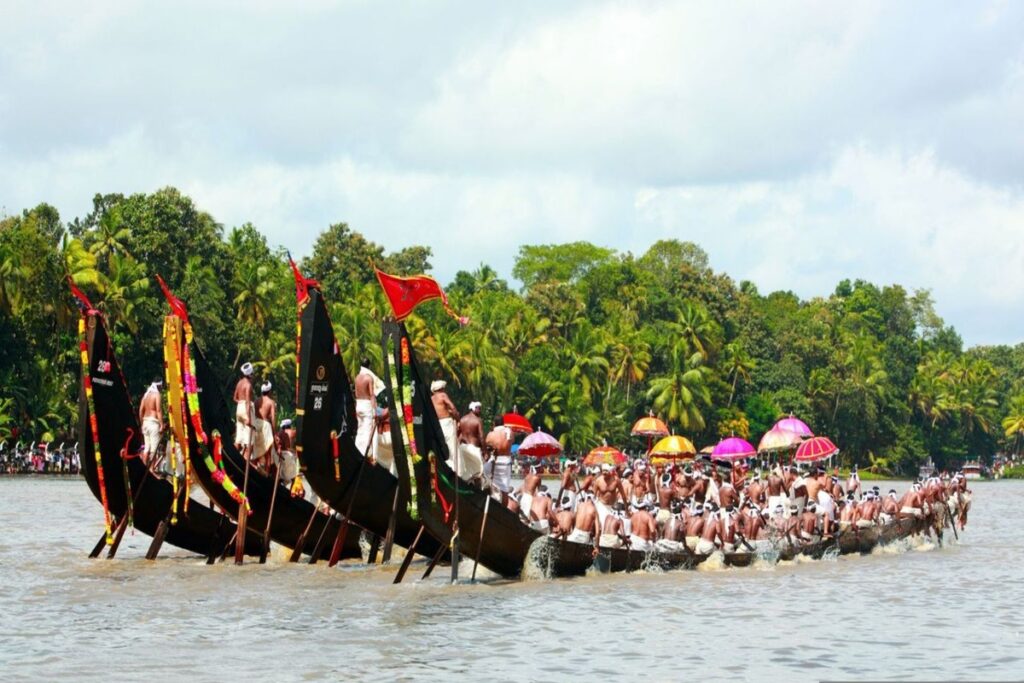
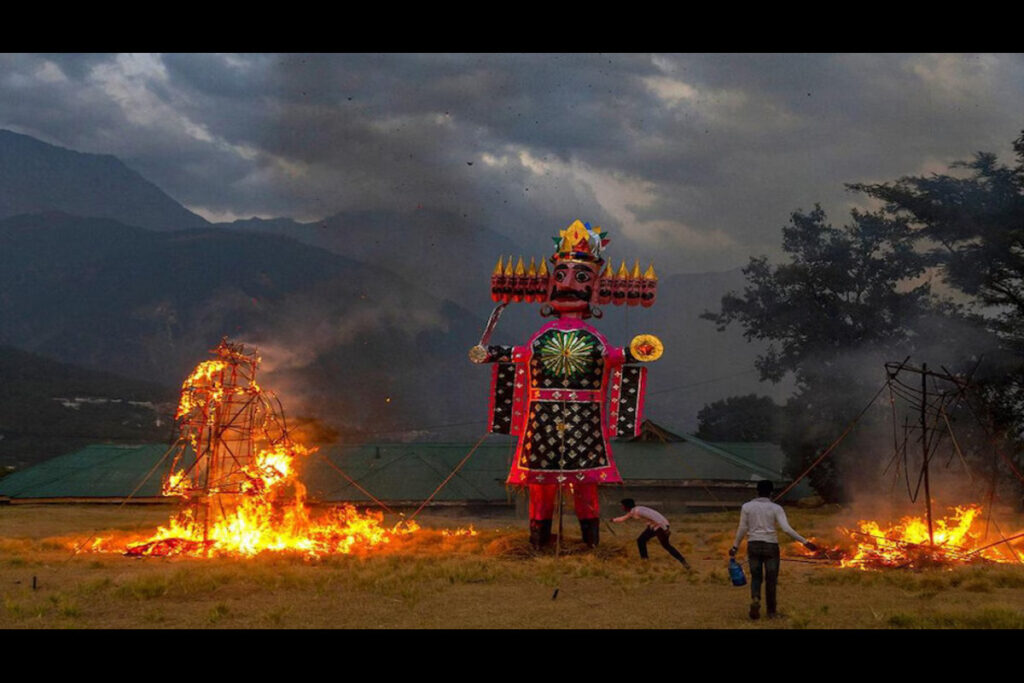

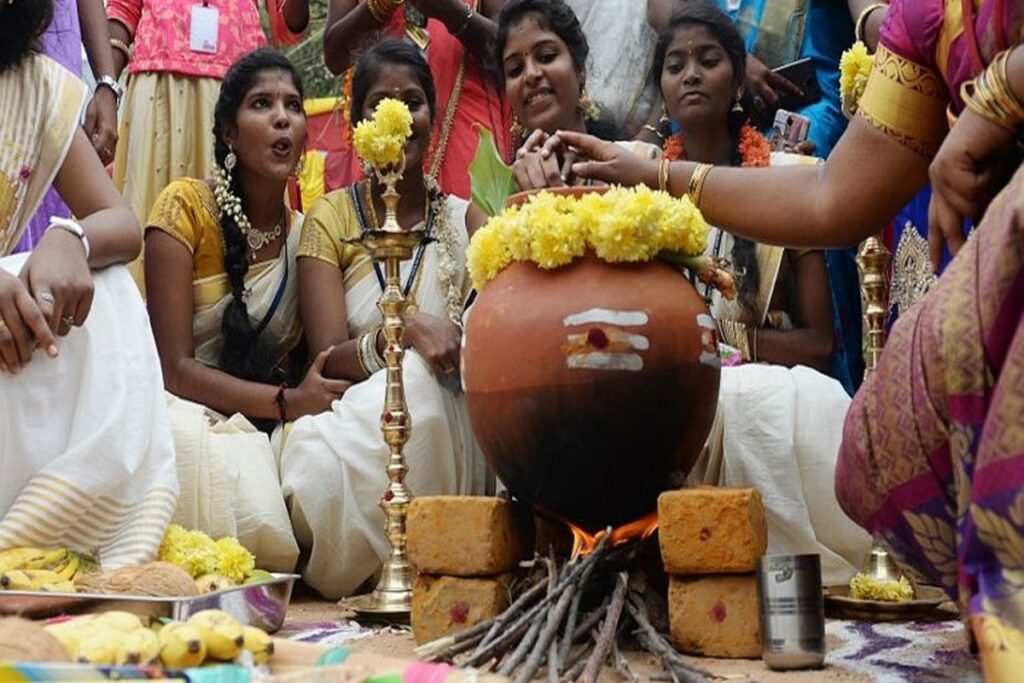
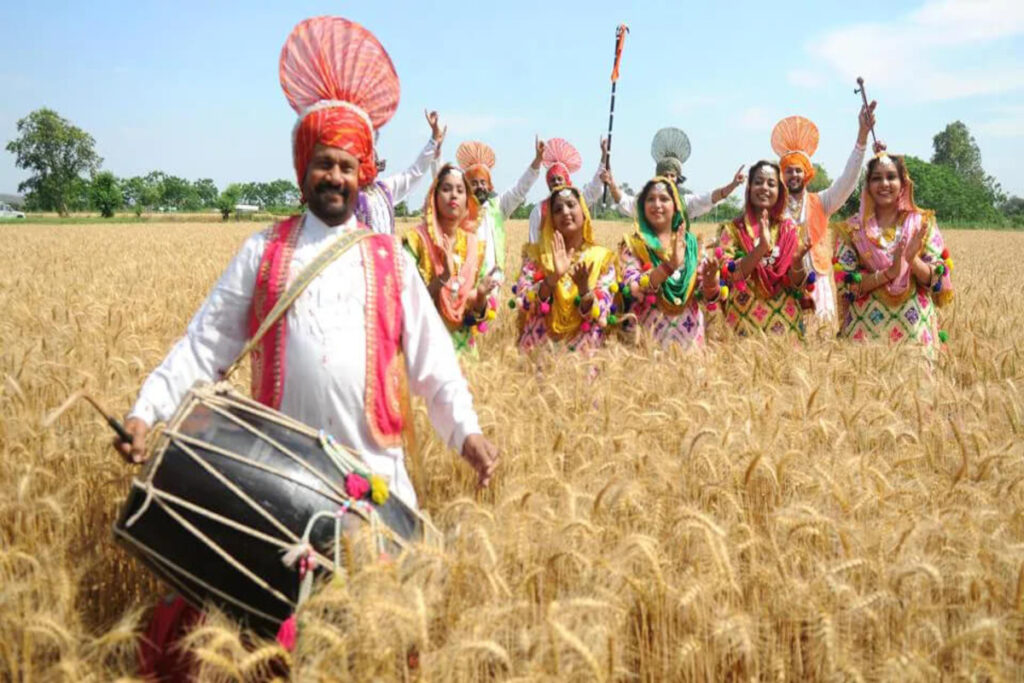
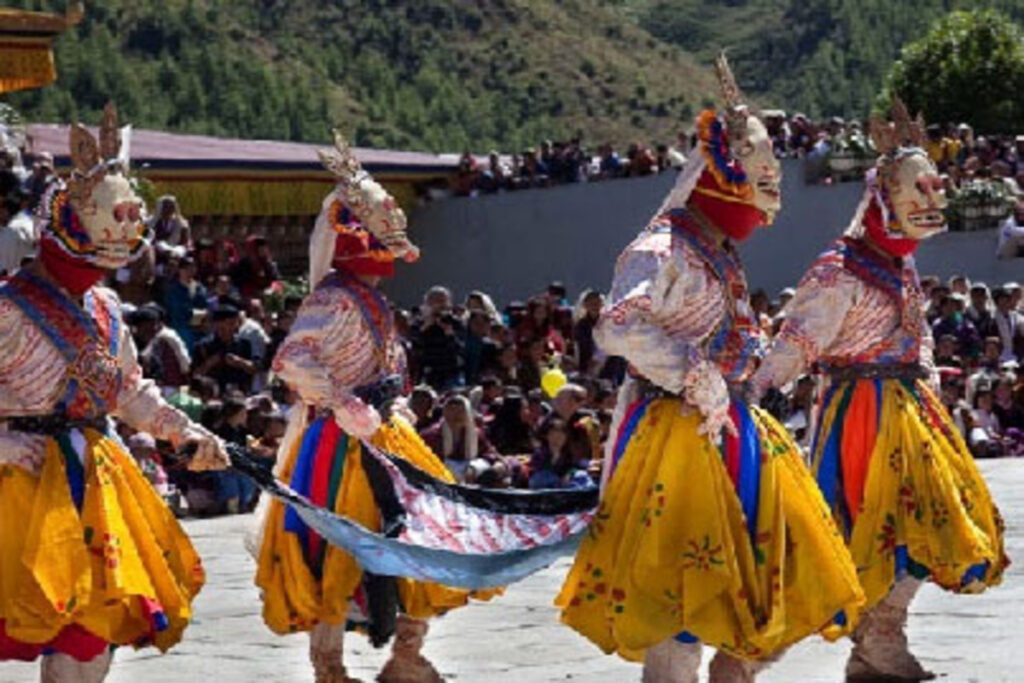
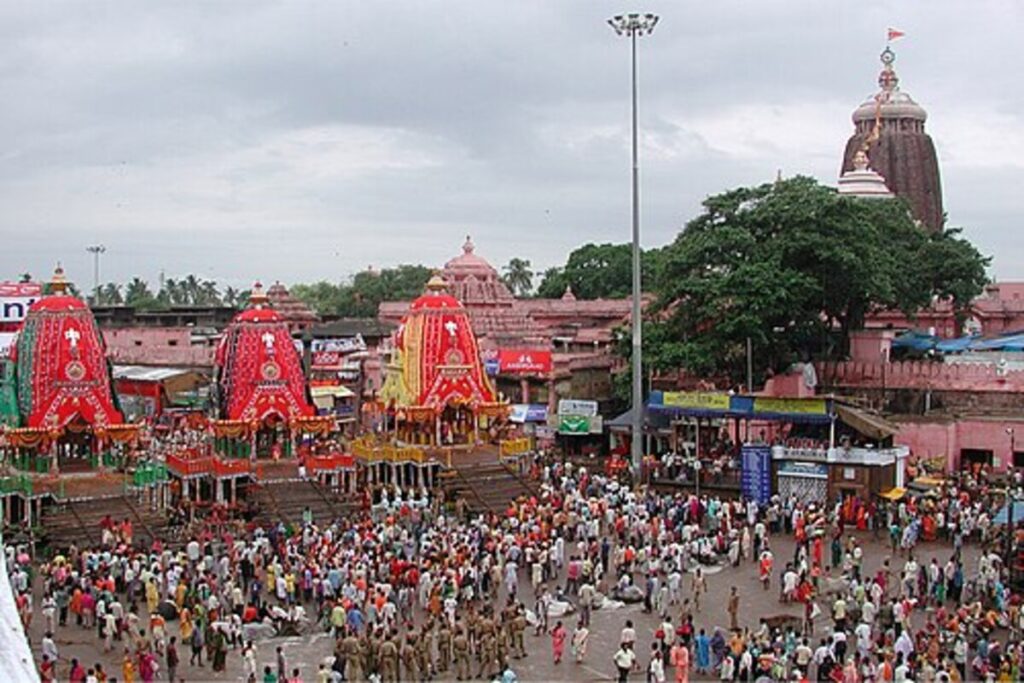
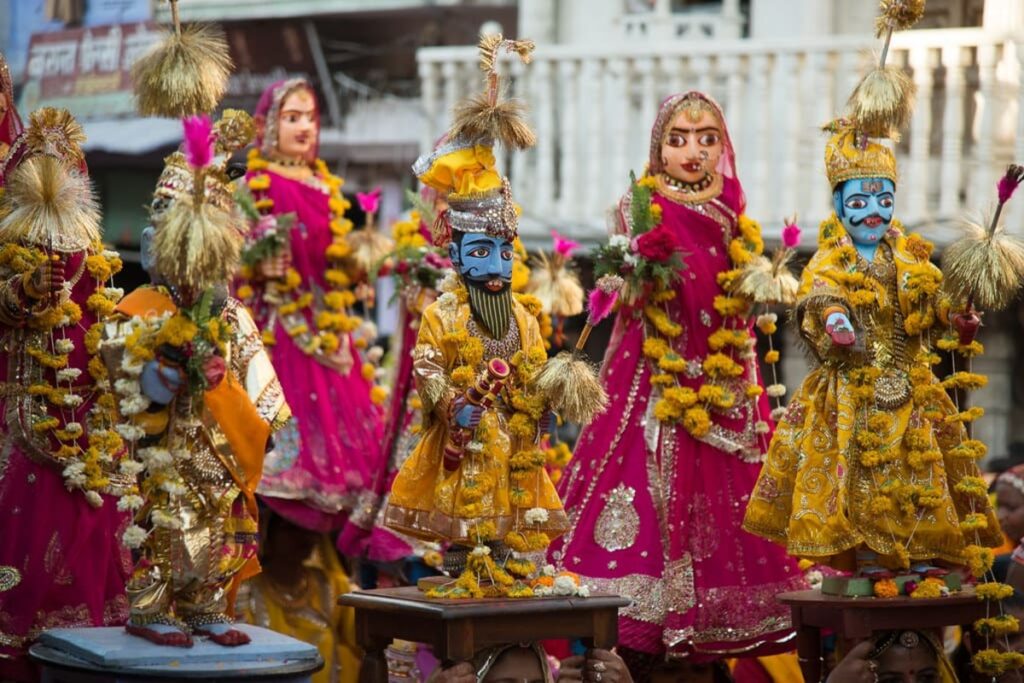
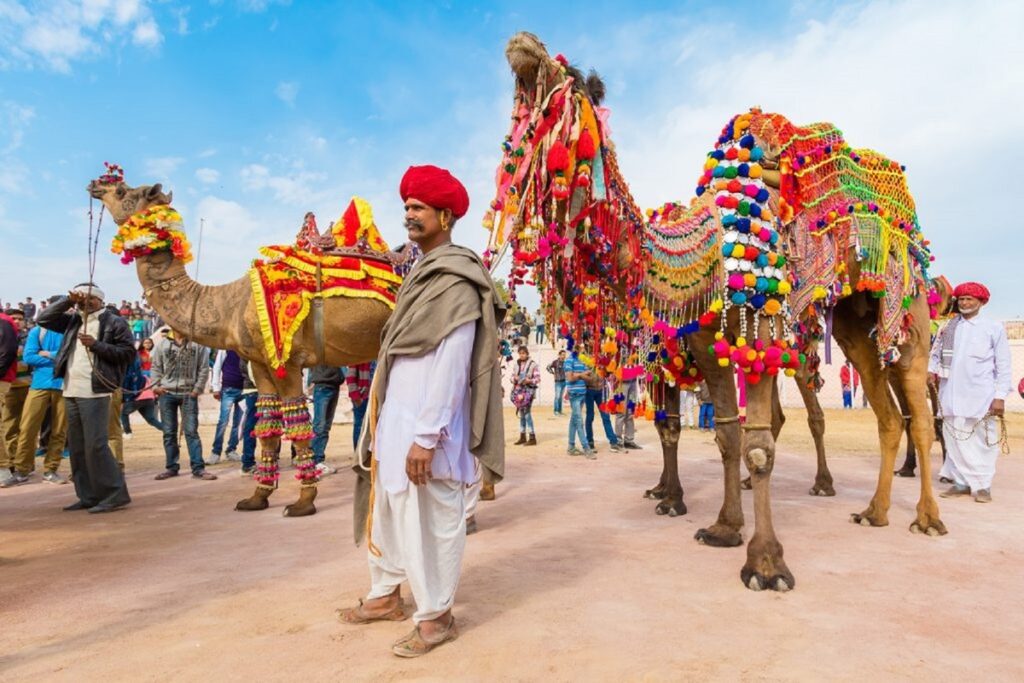
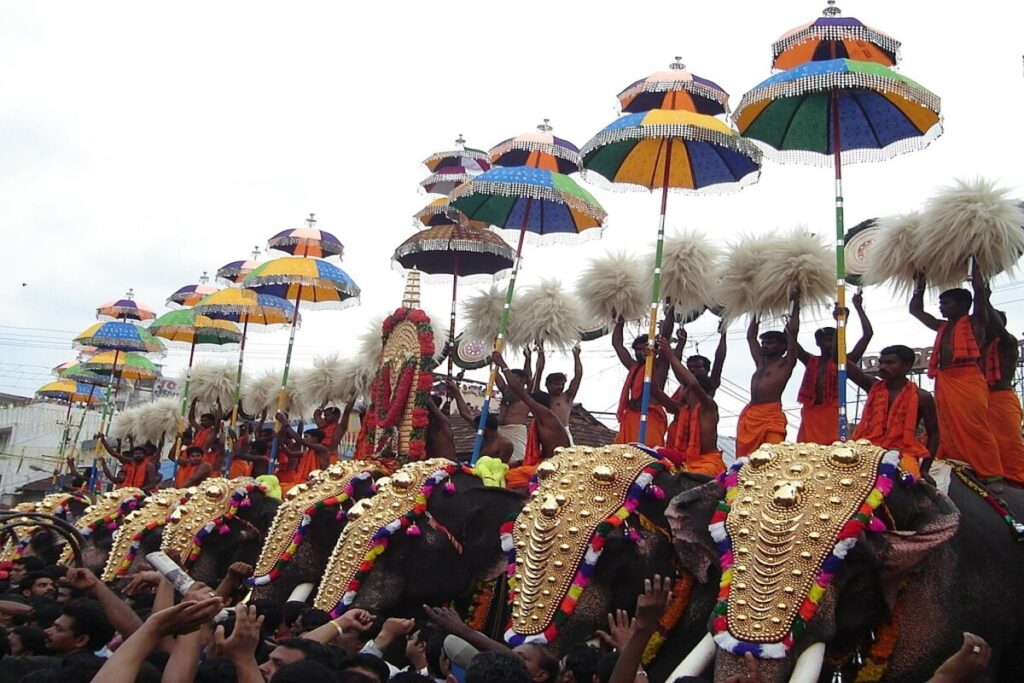
Remember, these festivals not only celebrate religious and cultural aspects but also foster unity, joy, and a sense of belonging among people of all backgrounds.
India, a land steeped in rich history and diverse cultures, also boasts three national festivals that hold immense significance and unite the entire country.
This joyous occasion marks India’s freedom from British rule in 1947. Every year on this day, the national flag is hoisted with pride across the country. People come together for parades, cultural shows, and patriotic speeches, remembering the sacrifices made for independence.
This day celebrates the birth of a democratic India! In 1950, India adopted its constitution, officially becoming a republic. Grand parades showcasing India’s military strength and vibrant cultural diversity are a major attraction on Republic Day.
This day honors the birthday of Mahatma Gandhi, fondly called the “Father of the Nation.” Gandhi led India’s freedom struggle through peaceful means, advocating for truth and non-violence. Gandhi Jayanti is a day to reflect on these essential values and their role in shaping a free India.
These celebrations go beyond just holidays. They serve as a powerful reminder of India’s journey as a nation, fostering a sense of unity and patriotism amongst its citizens. People from all walks of life, religions, and regions celebrate these milestones, strengthening the bonds that hold India together.
India, a land of diverse cultures and traditions, celebrates many festivals with unique significance and history. Let’s delve into the importance of some prominent Indian festivals:
Known as the ‘Festival of Lights’, Diwali marks the victory of light over darkness, good over evil. It commemorates Lord Rama’s return to Ayodhya after 14 years of exile. To celebrate this occasion, people light up their homes with ‘diyas’ and candles and burst fireworks.
Holi, the ‘Festival of Colors’, signifies the arrival of spring and the victory of good over evil. It is associated with the legend of Holika, the sister of the demon king Hiranyakashipu. People celebrate Holi by smearing each other with colors, singing, dancing, and indulging in sweets.
Eid-ul-Fitr, celebrated by Muslims worldwide, marks the end of the holy month of Ramadan, during which Muslims fast from dawn to dusk. It is a day of feasting and giving thanks to Allah for the strength to complete the fast.
Celebrated by Christians worldwide, Christmas marks the birth of Jesus Christ. It is a time for family gatherings, feasting, and gift-giving. The decoration of Christmas trees and homes and the singing of carols are significant traditions associated with the festival.
This nine-night festival is dedicated to Goddess Durga. It symbolizes the victory of good over evil, as it is believed that Durga defeated the demon Mahishasura after a fierce battle. The festival involves fasting, dancing, and worshipping the goddess.
A harvest festival celebrated in Tamil Nadu, Pongal is a thanksgiving to the Sun God for a successful harvest. People cook Pongal, a dish made from newly harvested rice, and celebrate with music and dance. These festivals, steeped in mythology and tradition, are integral to India’s cultural heritage. They add color and joy to life and impart valuable lessons of love, courage, and humanity.
India, a land steeped in rich culture and traditions, boasts a vibrant calendar filled with yearly festivals. But with so many celebrations, you might wonder: What is the biggest festival in India?
The answer is Diwali, the “Festival of Lights.” This dazzling celebration, widely considered the world’s biggest festival in India (or even the world’s biggest festival in India!), illuminates the entire country for five days. Homes are adorned with flickering ‘diyas’ (oil lamps), symbolizing the triumph of light over darkness and good over evil. Fireworks light up the night sky, creating a magical atmosphere. People exchange gifts and enjoy delicious sweets with family and friends, making Diwali a time for togetherness and joy.
Diwali may be the crown jewel, but India’s festive spirit extends far beyond. Here’s a glimpse into some of the biggest festivals of India:
Each of India’s biggest festivals offers a unique window into the country’s diverse culture and traditions. Whether it’s the dazzling lights of Diwali, the playful colors of Holi, or the devotional fervor of Dussehra, these festivals are a vibrant tapestry woven into the very fabric of Indian life.
Indian festivals are more than just holidays; they’re vibrant catalysts impacting society and the economy. Let’s explore the far-reaching effects of these celebrations:
While the economic benefits are significant, the actual impact of festivals lies in their ability to:
By understanding the social and economic impact of Indian festivals, businesses and individuals alike can appreciate these celebrations’ multifaceted role in shaping the nation.
| Region | Festival | Type / Significance | Key Features |
|---|---|---|---|
| North India | Holi | Festival of Colors | Colorful celebration; marks spring & good over evil |
| Diwali | Festival of Lights | Victory of light over darkness | |
| Baisakhi | Harvest Festival | Marks harvest season & Sikh New Year | |
| South India | Onam | Harvest Festival | Boat races, folk dances, flower arrangements |
| Pongal | Harvest Festival | Thanksgiving for harvest | |
| Ugadi | New Year’s Day | Marks Hindu New Year | |
| East India | Durga Puja | Worship of Goddess Durga | Celebrates Durga’s victory over Mahishasura |
| Bihu | Harvest Festival | Assamese New Year & rice crop celebrations | |
| Chhau Dance | Traditional Dance | Mythological stories in dance | |
| West India | Ganesh Chaturthi | Worship of Lord Ganesha | Birth of Lord Ganesha |
| Navratri | Nine Nights | Garba & Raas dances | |
| Gudi Padwa | Marathi New Year | Marks Marathi New Year |
Many festivals are celebrated in India, but as we studied earlier in this article, Diwali is the Biggest Festival in India. Because of these festivals, India is considered a secular country, allowing everyone to celebrate its cultural festivals.
Read More:-
In India, many festivals are celebrated because there are many diverse religions. They follow their respective cultures.
Cultural festivals are essential for each religion because it has significance that connects us with the Gods.
Diwali (Lights), Holi (Colors), Dussehra (Victory of Good), Ganesh Chaturthi (Lord Ganesha), Navratri (Goddess Durga).
The Carnival of Rio de Janeiro is among the world’s largest and most vibrant festivals, attracting millions to the streets for its iconic parades, samba music, and elaborate costumes.
The People call the Hindu festival of worship and dance Navratri. The phrase translates to “nine nights” in Sanskrit. During this festival, people burn effigies and worship forms of Shakti. Devotees fast for nine days to focus their worship on Shakti.
Chinese New Year is a holiday that people worldwide observe. The first few days of the 15-day celebration will undoubtedly affect every Asian destination. During this time, many Chinese families visit Southeast Asian tourist destinations.

Authored by, Muskan Gupta
Content Curator
Muskan believes learning should feel like an adventure, not a chore. With years of experience in content creation and strategy, she specializes in educational topics, online earning opportunities, and general knowledge. She enjoys sharing her insights through blogs and articles that inform and inspire her readers. When she’s not writing, you’ll likely find her hopping between bookstores and bakeries, always in search of her next favorite read or treat.
Editor's Recommendations
Chegg India does not ask for money to offer any opportunity with the company. We request you to be vigilant before sharing your personal and financial information with any third party. Beware of fraudulent activities claiming affiliation with our company and promising monetary rewards or benefits. Chegg India shall not be responsible for any losses resulting from such activities.
Chegg India does not ask for money to offer any opportunity with the company. We request you to be vigilant before sharing your personal and financial information with any third party. Beware of fraudulent activities claiming affiliation with our company and promising monetary rewards or benefits. Chegg India shall not be responsible for any losses resulting from such activities.